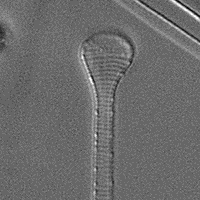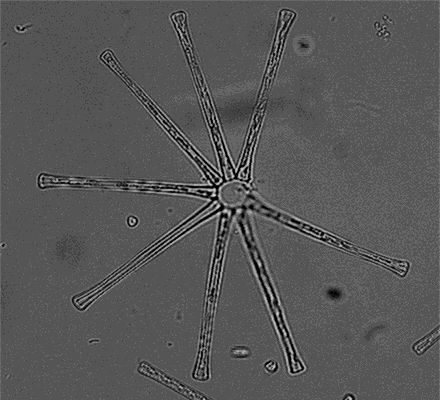Asterionella formosa Hass. 1850
|
Length:84 |
Width:2 |
Striae:fine |
|
|
|
|
|
|
|
|
|
Collection 826 |
Other images |
More information |


 .
.